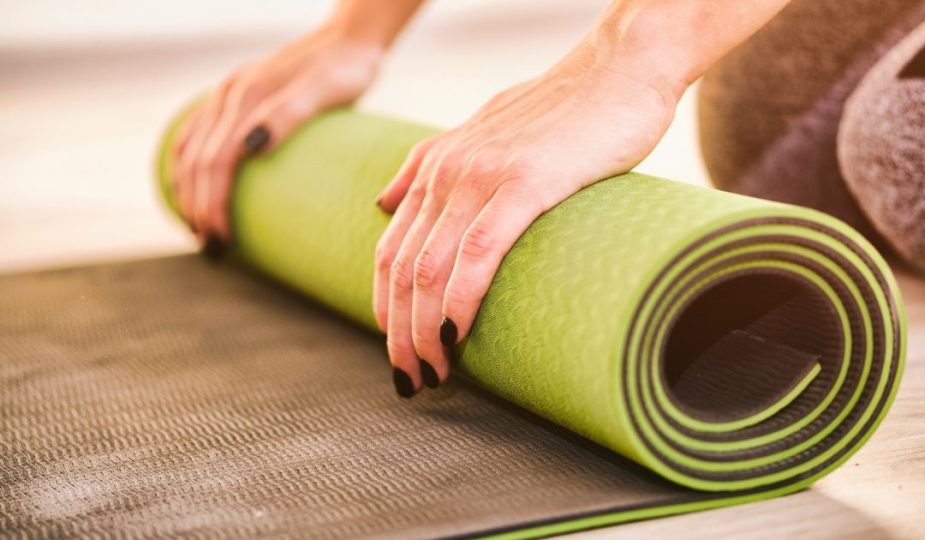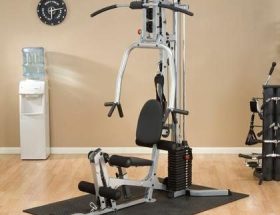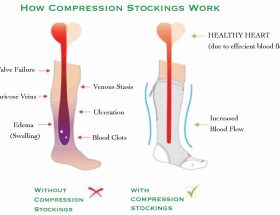Yoga is a powerful practice that involves physical, mental, and spiritual disciplines. It is essential to have the right tools to enhance your yoga experience, and one of the most important tools is a high-quality yoga mat. With various options available in the market, choosing the right yoga mat can be overwhelming. In this article, we will guide you through the process of selecting the perfect yoga mat for your practice.
Consider Your Priorities
Before diving into the vast world of yoga mats, take a moment to reflect on your personal requirements and priorities. Do you practice hot yoga or prefer a gentler, restorative style? Are you eco-conscious and want a mat made from sustainable materials? Do you prioritize cushioning and extra grip on sweaty palms? Understanding your specific needs will help narrow down your options.
Materials Matter
When it comes to yoga mats, different materials offer various benefits. Let’s explore some commonly used materials:
1. PVC
PVC or polyvinyl chloride mats are widely available and economical. They provide excellent grip, durability, and cushioning for your practice. However, PVC mats are not environmentally friendly as they are made from synthetic materials and are not biodegradable.
2. TPE
Thermoplastic elastomer (TPE) mats are a more eco-friendly option as they are made from non-toxic and recyclable materials. TPE mats offer good grip, cushioning, and durability. Additionally, they are lightweight and easy to clean.
3. Natural Rubber
Natural rubber mats are an excellent choice if sustainability is a priority for you. These mats are made from renewable materials and are biodegradable. Natural rubber mats provide excellent grip, stability, and cushioning. However, they may have a rubber smell, particularly when new.
4. Cork
Cork yoga mats are becoming increasingly popular. They are made from sustainable materials and offer natural antimicrobial properties, making them easy to clean and hygienic. Cork mats provide excellent grip, natural cushioning, and are lightweight.
Thickness and Cushioning
Choosing the right thickness and cushioning depends on your personal preference and the type of yoga you practice. A thicker mat, typically around 6mm, provides more cushioning and comfort, suitable for yoga styles that involve kneeling or lying down. On the other hand, if you prefer a more grounded feel or practice balancing poses, a thinner mat around 3mm may be more suitable.
Grip and Texture
An essential aspect of any yoga mat is its grip and texture. Look for a mat with a non-slip surface to prevent any accidental slips or falls during your practice. Mats with a textured surface, like a raised pattern or grip-enhancing material, provide additional traction, especially when your palms get sweaty.
Portability and Durability
If you travel frequently or frequently attend yoga classes outside your home, portability may be a significant factor in your decision. Consider lightweight and foldable mats that are easy to carry without compromising on quality and durability. Additionally, check for mats with good resistance to wear and tear, so they last long even with daily use.
Price Range
Yoga mats come in a wide range of prices, from budget-friendly to high-end luxury options. Set a reasonable budget based on your requirements and frequency of use. Remember, a quality mat is an investment in your practice, and a durable mat will save you money in the long run by not needing frequent replacements.
Try Before You Buy
While online reviews and recommendations are helpful, it is always advisable to try out different mats whenever possible. Many yoga studios provide mats for student use, giving you a chance to experience how different materials, thicknesses, and textures feel under your hands and feet. This firsthand experience will greatly aid your decision-making process.
Conclusion
Choosing the right yoga mat is a personal decision that should align with your practice needs and preferences. Consider factors such as materials, thickness, grip, portability, and budget when making your selection. Ultimately, investing in a high-quality yoga mat that supports your practice will enhance your overall yoga experience and may contribute to long-term progress and satisfaction.








